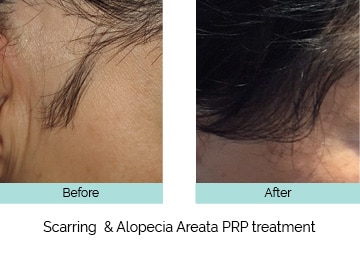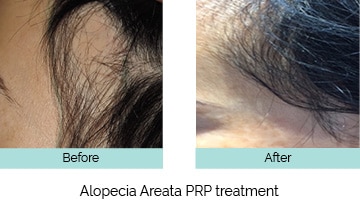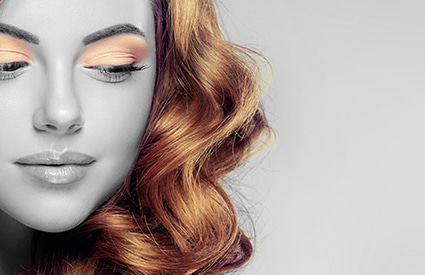In the Western world, if you have a normal diet one shouldn’t have to take vitamin replacement. For optimal hair growth levels of certain vitamins such as Zinc, Iron, vitamin B12, folate and vitamin D are required. Commercially available ‘hair vitamins’ contain a combination of the hair growth nutrients in relatively low concentrations. They also popularly contain biotin, which can cause problems with hair loss and interfere with important blood laboratory tests.
We prefer to individually measure and replace each of the key hair vitamins to levels in the upper range of normal. This is often more convenient, and usually leads to 3-6 month ‘booster’ courses of personalised individual vitamin combinations so that you aren’t taking endless unnecessary supplements long term.
Hair care practices can affect hair growth, so we may discuss at length how you treat and manage your hair. In particular, chemical and heat-based treatments have been associated with both non-scarring and scarring alopecias.
For both men and women with androgenetic alopecia it is worth trying topical minoxidil 5% foam. It is best used twice daily, but before starting patients must be aware that results can take several months to be seen and that once thickening is seen continued use of the foam is needed to maintain the beneficial effect of using minoxidil.
Oral minoxidil can also be given in small daily doses to help thicken the hair in both men and women.
For androgenetic alopecia in both women and men, it is important to consider hormonal factors and how these can be manipulated to achieve optimal hair growth.
Sometimes we use corticosteroids to help control inflammation. They are particularly helpful in the acute phase of hair loss in alopecia areata and in the inflammatory scarring alopecias.
Tetracycline antibiotics have good anti-inflammatory properties, and are often used long term in inflammatory conditions such as lichen planopilaris in order to help control inflammation.
Hair loss in men and women begins with hair becoming smaller, called miniaturisation. The hair on your head or eyebrows looks thinner and your hair loss gradually worses. Platelet Rich Plasma (PRP) treatment has been proven scientifically to thicken these small hairs and prevent further loss.
When platelets are activated in the body they produce proteins called growth factors. It is these growth factors that are thought to be able to help stimulate your hair, improving hair growth and thickening hair. The PRP treatment involves a small sample of your blood being processed in a specialised system designed to extract your platelets in a safe clinical manner. These platelets are then harvested into syringes and injected into the area you wish to be treated. PRP is from your own blood, known as autologous. As you are using your own tissue, it will not not cause you any allergic reaction or other risks.
You will usually need a course of four sessions, a month apart, to achieve optimum results. The need or frequency of future treatments varies. PRP treatments can safely be repeated for hair miniturisation or thinning eyebrows if required.
We have seen excellent results with PRP/PRF, particularly when combined with the appropriate oral medications.


For alopecia areata and scarring alopecias such as lichen planopilaris, we may consider immunosuppressive or biological therapies.
Newer cell-based therapies such as Regenera can be beneficial in promoting hair growth.
There is some evidence that LLLT as a clinic and home treatment can be helpful to promote hair growth.

